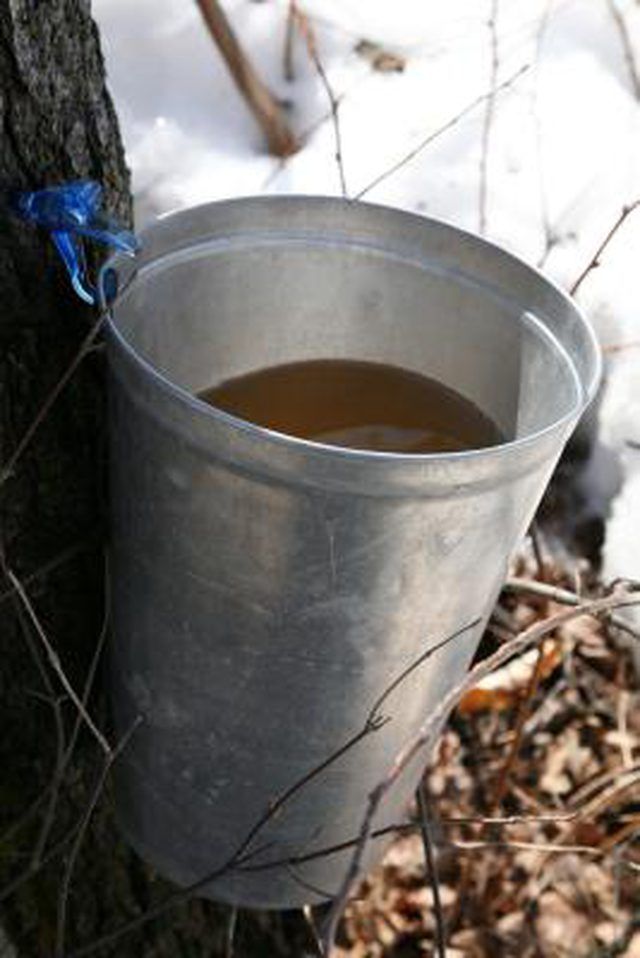Bulbs
Flower Basics
Flower Beds & Specialty Gardens
Flower Garden
Garden Furniture
Garden Gnomes
Garden Seeds
Garden Sheds
Garden Statues
Garden Tools & Supplies
Gardening Basics
Green & Organic
Groundcovers & Vines
Growing Annuals
Growing Basil
Growing Beans
Growing Berries
Growing Blueberries
Growing Cactus
Growing Corn
Growing Cotton
Growing Edibles
Growing Flowers
Growing Garlic
Growing Grapes
Growing Grass
Growing Herbs
Growing Jasmine
Growing Mint
Growing Mushrooms
Orchids
Growing Peanuts
Growing Perennials
Growing Plants
Growing Rosemary
Growing Roses
Growing Strawberries
Growing Sunflowers
Growing Thyme
Growing Tomatoes
Growing Tulips
Growing Vegetables
Herb Basics
Herb Garden
Indoor Growing
Landscaping Basics
Landscaping Patios
Landscaping Plants
Landscaping Shrubs
Landscaping Trees
Landscaping Walks & Pathways
Lawn Basics
Lawn Maintenance
Lawn Mowers
Lawn Ornaments
Lawn Planting
Lawn Tools
Outdoor Growing
Overall Landscape Planning
Pests, Weeds & Problems
Plant Basics
Rock Garden
Rose Garden
Shrubs
Soil
Specialty Gardens
Trees
Vegetable Garden
Yard Maintenance
How to Get Syrup From a Tree
How to Get Syrup From a Tree. In New England and parts of Eastern Canada, maple sugaring is both a longstanding tradition and a thriving industry. Although commercial operations use a variety of high-tech equipment to produce large volumes of syrup efficiently, the basic process has remained unchanged since the days before Europeans first arrived...

In New England and parts of Eastern Canada, maple sugaring is both a longstanding tradition and a thriving industry. Although commercial operations use a variety of high-tech equipment to produce large volumes of syrup efficiently, the basic process has remained unchanged since the days before Europeans first arrived on the continent. It consists of "tapping" a tree for its sap, then boiling down the sap to concentrate its natural sugars. Maple trees are best because of the high sugar content of their sap, but birch or black walnut trees can also be used to make syrup.
Things You'll Need
Woodlands
Cordless drill
Stainless steel spiles
Hammer
Collection buckets
Strainer or colander
Cheesecloth
Large, wide pot
Gas burner, or wood or charcoal fire
Candy thermometer
Sterile bottles
Select trees for tapping during the fall and winter. Look for trees with trunks that are at least 10 to 12 inches in diameter, 4 feet from the ground where you'll be tapping them. Trees with relatively short trunks and a broad spread of branches produce the most sap.
Tap your trees in the very early spring, when the nights are still freezing but daytime temperatures become warm. Using a cordless drill, make a hole the same size as your spouts, or "spiles" as they're called. This will usually be 5/16 inch or 7/16 inch in diameter. The holes should be approximately 2 inches deep, into healthy wood and 2 to 4 feet from the ground.
Hang your collection bucket on the spile itself, if it's designed to hold a bucket, or by nailing a bucket support to the tree. The buckets can be food-safe metal or plastic, and should have a lid. Some suppliers sell sap-collection bags, which minimize foreign matter in the syrup.
Empty the buckets as they fill, into a food-safe storage container or directly into the pot you'll use to boil down the sap. Syrup is best when made as soon as the sap is harvested.
Line a colander with several layers of cheesecloth, and strain the sap into your boiling pot. Heat the sap to a boil and allow it to reduce, over an outdoor gas burner or a wood or charcoal fire. Top up the pot with fresh sap periodically, as necessary. You'll need an average of roughly 40 gallons of sap to make 1 gallon of syrup, so a lot of steam is produced. It's best to do this outside.
Boil down the sap until its temperature rises above the boiling point of water -- 212 degrees F at sea level and lower at higher elevations. Monitor the syrup's temperature on a good candy thermometer with a large scale, so you can read it accurately. When the temperature reaches 7 degrees above boiling, your syrup is at the correct concentration.
Pour the hot syrup into sterile jars, filtering again through cheesecloth, and seal them well. As long as the syrup is over 190 degrees F when packaged and sealed, it will keep for several months. It can also be frozen for later use.
Tips & Warnings
If you have neighbors who make syrup, ask them for guidance. Otherwise, consult your local county extension agent or university extension service.
The saps of birch and black walnut trees have lower sugar content than maple sap, so you'll need more than twice as much.
Use a flat, shallow pan for faster evaporation. Boiling down the sap can take several hours, so a gas burner can become expensive. If you have a woodlot, save your trimmings and saplings through the year and use them for fuel at mapling time.
Finishing your syrup on the stovetop, once it's begun to inch above the boiling point of water, gives you better control of the temperature and makes it easier to stop at the appropriate moment.
The more quickly you cook off the syrup, the paler it will become and the more delicate the flavor.